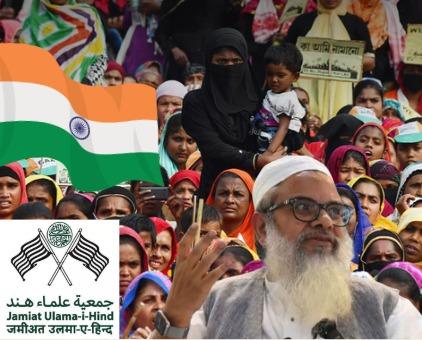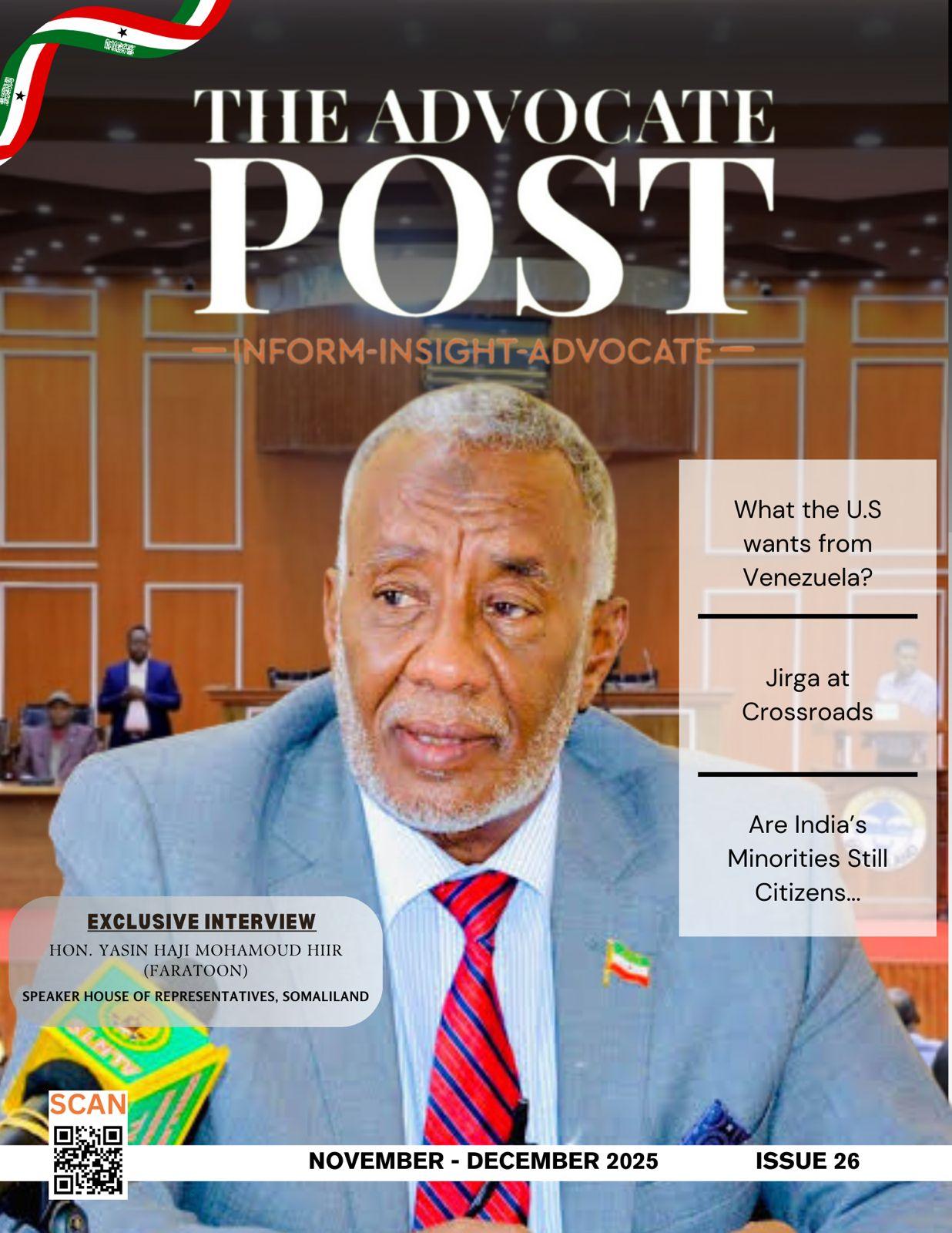By Arlen Agiliga (Mongolia)
Mongolian women top the class. They earn more degrees than men, perform better across school levels, and now make up a majority of the country’s professional workforce. Yet this educational edge has failed to translate into equal pay, stronger political representation, or more economic security.
Over the past two decades, the so-called “reverse gender gap” in Mongolia has drawn attention from international media and development observers. Profiles painted Mongolian women as “superwomen”—harder working, more capable, even “too successful” for their male peers. Many of these stories leaned on the country’s nomadic traditions and socialist legacy to explain why women seemed to outperform men in everything from literacy to household economics.
But these characterizations often obscured a more sobering reality. What exists in Mongolia isn’t a gender revolution—it’s a stalled transition. Women may dominate the classroom, but they remain underpaid, underrepresented, and overburdened.
Take education. Mongolian girls outpace boys at every stage, from primary school through university. Nearly two-thirds of university students are women. Female literacy rates slightly exceed those of men. But this trend isn’t unique to Mongolia. In neighboring Central Asian countries like Kazakhstan and Kyrgyzstan, girls also outperform boys in school completion rates and university enrollment.
What’s more distinctive is the sharp disconnect between these academic gains and outcomes in the labor market. On paper, women are doing slightly better: the female unemployment rate stands at 5.6%, just below the male rate of 6.2%. But that figure is misleading. Only 53.5% of Mongolian women participate in the labor force, compared to nearly 70% of men.
Some of this drop is attributed to domestic responsibilities or childcare. But Mongolia’s fertility rate has fallen 22% since the 1990s, suggesting other forces are at play. A more likely explanation lies in the types of jobs women tend to occupy.
Mongolian men dominate in construction, transportation, and mining—industries vulnerable to economic swings and seasonality. Women cluster in sectors like education, health, and clerical services. In white-collar sectors, the gap is even wider: 24.3% for managers, 28.5% for professionals, and 32.7% for clerical workers.
Professional jobs don’t always come with professional pay either. According to a 2022 report from the Asian Development Bank, Mongolian women are more likely to be employed in professional roles than men, but these jobs don’t guarantee stability. In fact, educated women in Mongolia are disproportionately affected by joblessness—especially younger workers.
Politics tells a similar story. Since 1992, women’s representation in Mongolia’s parliament has grown from 3.2% to 25.4%, outpacing the regional average. But most of this progress is due to legislative quotas requiring parties to nominate more female candidates, not organic changes in voter preferences or party leadership. The quota rosefrom 20% in 2020 to 30% in 2023. It will increase to 40% for the next parliamentary elections in 2028—but there’s little reason to expect the share of elected women will match it. It didn’t last time.
Despite decades of education gains and growing professional presence, women remain politically sidelined. And unlike in many democracies where female politicians campaign heavily on education, health, or gender equality, there’s little evidence that Mongolia’s female MPs wield outsized influence on social policy. Their presence is more numeric than transformative.
None of this diminishes the strength or capability of Mongolian women. They have been central to every phase of the country’s history—herding livestock, running families, pushing for democracy. But the narrative that they are “doing better than men” rests on a selective reading of the data. It also ignores the backlash such portrayals can provoke.
Framing women as unilaterally empowered risks reinforcing the same toxic masculinity that fuels rising alcoholism, domestic violence, and economic disengagement among men. In 2024, 13.5% of unemployed Mongolian men cited seasonality or job cuts as the reason for their joblessness—four times the rate among unemployed women. That may point to structural issues in blue-collar sectors, but it also speaks to broader disillusionment and lack of purpose among a generation of Mongolian men who feel left behind.
This isn’t just a gender problem. It’s a social problem.
For Mongolia to move forward, it needs to recognize that education alone isn’t a silver bullet. Women need more than access to schools—they need access to power, pay equity, and real career mobility. Men, meanwhile, need viable pathways to dignity and economic inclusion that don’t rely on outdated notions of toughness or control. And policy must look beyond quotas and job stats to the deeper cultural and structural forces that keep both genders stuck.
The real promise of Mongolia’s gender dynamic lies not in one sex pulling ahead of the other, but in both moving forward together.






This Post Has One Comment
Pingback: The First 100 Days of Zandanomics - The Advocate Post